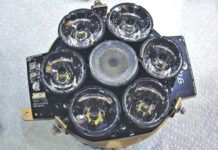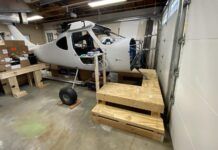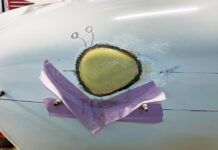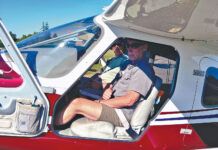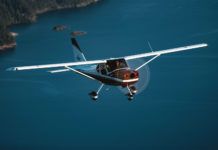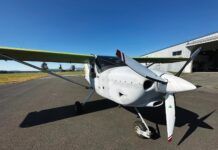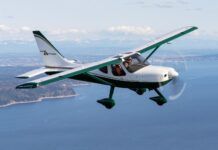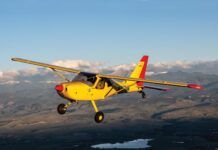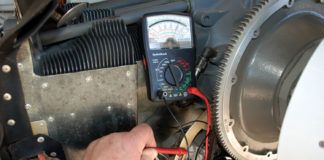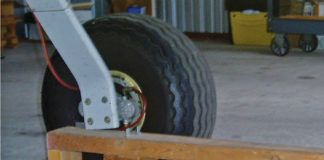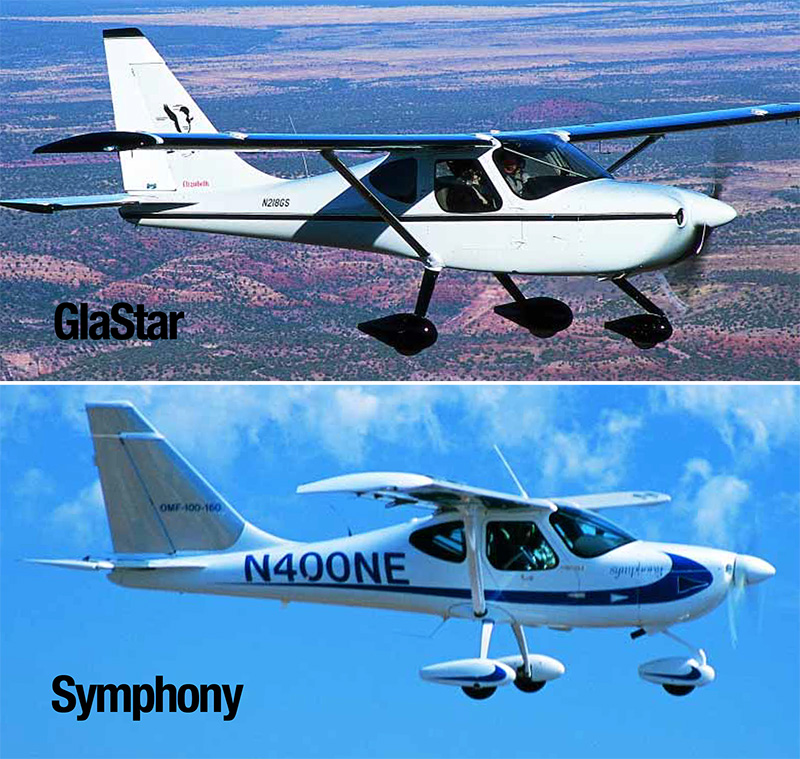 Seemingly two peas in a pod are the GlaStar and its factory-built derivative, the OMF Symphony.
Seemingly two peas in a pod are the GlaStar and its factory-built derivative, the OMF Symphony.
We flew both of these wonderful two-seat aircraft to get a handle on what either FAR Part 23 certification or the freedom of homebuilding means to those facing such a delectable decision.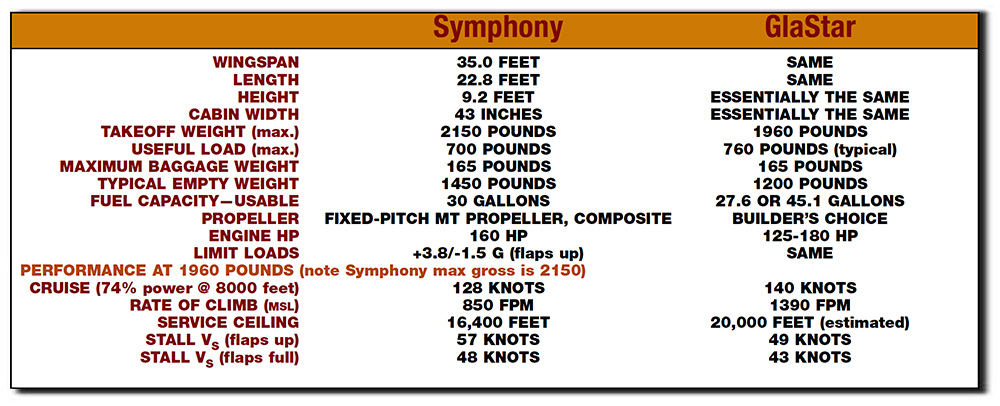
The original GlaStar was a product of the Stoddard-Hamilton conglomeration, but there were a number of interlocked corporations formed to minimize legal liability. At some point, Arlington Aircraft Development licensed the design to OMF, whose version is the Symphony; OMF then made a number of changes:
- The engine mount and steel- tube tricycle landing gear were beefed up.
- The aluminum wing structure was revised, but the GAW-2 airfoil was retained.
- In the GlaStar, a tubular steel cage surrounds the passenger seats and baggage compartment, connecting to the engine mount, landing gear, wing roots, lift struts and the load-carrying fiberglass skin. In the Symphony, that steel structure extends clear to the tail section. This was done to improve lightning protection.
- Both aircraft have a composite fuselage shell, and the vertical fin is composite on the GlaStar, but aluminum on the Symphony.
- The ailerons are attached to the wing with three hinges, not two.
- The wing root vortex generators were moved to the outboard end of the ailerons. (The vortex generators help keep the airflow behind them from separating when the rest of the wing is stalling.)
- The Symphony is tricycle gear only, but the GlaStar can be fitted with tricycle, taildragger, skis, floats or amphibious float landing gear.
- The Symphonies could have had provision for folding wings like the GlaStar, but this was not actually built. (There are multiple stories on this detail.)
- The Symphony has some cool sounding interior lighting with interior instrument lights, post lights, map lights and three LED spotlights. The GlaStar has whatever the builder researched, selected and implemented.
- The Symphony door pins are different from the GlaStar’s.
- The Symphony has standard electric flaps and manual elevator trim; both work well.
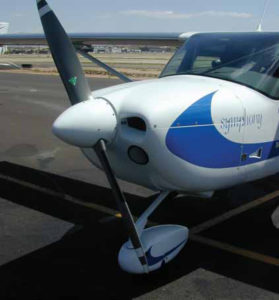
The question of how many of these changes were necessary for certification has had two sides and involved three lawsuits, but the point is moot.
After the redesign, there were differences in weights as well. With the wide variety of installed equipment on customer-built aircraft, New Glasair quotes a typical GlaStar empty weight of 1200 pounds, with the Symphony being 250 pounds heavier. The difference in gross weight is only 190 pounds, however, so the GlaStar has more useful load: 760 vs. 700 pounds.
There’s room for argument here, though, as New Glasair reports that customer empty weights for GlaStars range between 1140 and a heavy 1340 pounds. A really light GlaStar with minimal equipment could carry 120 pounds more than a Symphony, but a heavy, over-equipped GlaStar would carry 80 pounds less.
Fuel capacities are similar and adequate, but not generous, for both aircraft: 30 gallons for the Symphony or 27 for the GlaStar. However, the GlaStar can be fitted with two 10-gallon auxiliary fuel tanks. (By comparison, the Cessna 172 with a 160-hp Lycoming engine, similar to the Symphony’s engine, carries 42 gallons.)
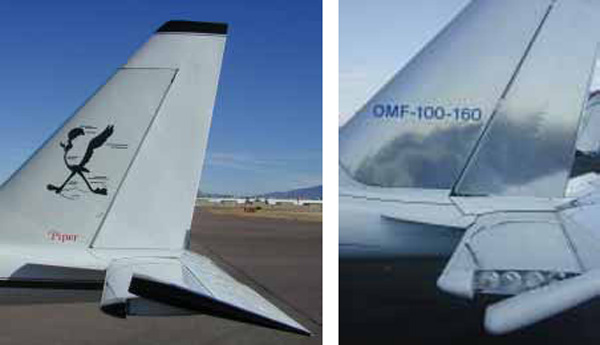
What Does It All Mean?
So how much difference does this all really make? The biggest differences are, of course, that with a homebuilt, you can do your own maintenance, select your own engine and prop, install your own equipment and even pencil in whatever gross weight you want. Some people fool themselves into thinking that there are no consequences for doing whatever they want, but the laws of physics and the statistics of reliability really don’t care what a builder may think.

With the Symphony, you get lots of choices made for you—pretty good choices by and large—and you don’t have to figure out details like instrument lighting and interior; they’re already done for you. All you have to do is write one, presumably larger, check.
Personally, I like some of the benefits of certification, such as lightning protection. I know of two glass homebuilt aircraft in which the occupants received painful electrical shocks from precipitation static, and another carbon fiber homebuilt where precipitation static blocked all radio reception before the pilot made a 180° turn to get out of Dodge. Such electrostatic phenomena are essentially unknown in certificated aircraft.
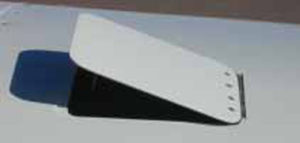
Certification is not all good, however. Some FAA boob, ignoring fundamental human factors, snuck through FAR Part 23.1326, which says that if your pitot heat is turned off, a warning light glares at you. Apparently there was one accident attributable to loss of airspeed indication and the pitot heat was found turned off at impact, and that warning light is the result.
On the other hand, there are advantages to equipping the plane as you like. Since we live 1 mile up, a constant speed prop is a big win, and the GlaStar gets a huge points bonus as the Symphony is available only with the composite MT propeller. On a personal note, I’ve yet to see any glass displays for a reciprocating engine that I like anywhere near as well as properly done steam gauges, and the GlaStar would win here, too, letting me implement what I see as a better solution.
As for published performance, those numbers give the apparent advantage to the GlaStar. And, the GlaStar numbers are presumably at gross weight, but the Symphony numbers are at less than max gross weight and, interestingly enough, are at the GlaStar’s maximum gross weight. It’s not at all clear that the two planes were tested in identical fashion, and my inclination is to take the numbers with a grain of salt, with a slight edge to the GlaStar because of its lighter weight. Physics dictate that with the Symphony’s higher gross weight, it should have higher stall speeds than the GlaStar.
Rodeo in the Sky: The GlaStar
Once in the air, however, both airplanes are great. We flew a 160-hp, fixed-pitch GlaStar, and a 160-hp, fixed pitch Symphony, both from Prescott, Arizona, where the field elevation is just a smidge over 5000 feet. However, the two flights were several weeks apart, providing smooth air for the GlaStar but, for the Symphony, the atmosphere was in spring training for the summer thunder bumpers. That light to moderate turbulence was a gusty, gutsy reminder that the oldest rodeo in the U.S. is in Prescott.

The GlaStar flown was built by George Best of Scottsdale, Arizona. Like the Symphony, Best’s GlaStar has a 160hp Lycoming engine and a fixed-pitch prop. That propeller is by Hertzler of Mesa, Arizona, and is laminated maple overlaid with carbon fiber and fiberglass.
With this combination, Best’s flight tests logged cruise true airspeeds between 125-131 knots, right in line with the Symphony’s published 128knot cruise.
Best had previously built a Rutan Defiant, which he sold when his family started expanding, and then he built the GlaStar. In fact, the name “Piper” on the left side of the vertical fin is not designed to confuse the casual bystander, but is the name of a daughter.
“Elizabeth,” written on the other side, causes no such confusion.
Best’s GlaStar is equipped for VFR and appears fairly light, except for the leather interior and a removable third seat in the baggage compartment. However, that empty weight of 1227 pounds is slightly above the “typical” empty weight quoted by the factory. The GlaStar was originally designed for a 125-hp Continental engine, but builders quickly succumbed to the temptation of more power.
Other choices Best made in construction were RV wheel pants and induction system and, from Airlink, a cowl with round inlets, gap seals and strut fairings. The oil door has an inside release to clean up the cowling, and there is a door to control air flow through the oil cooler.
Once inside, the view ahead is great; the side windows bulge out a little allowing you to look down more vertically in case you fly over something interesting. Headroom is good,
but there is a diagonal tube directly overhead as well as diagonal tubes obscuring the forward view. Like many high-wing airplanes, if you sit up too straight, you lose your view to the side under the wing.
On takeoff, the Hertzler prop let the engine turn a respectable 2410 rpm, and we saw the same rpm on climb. (Frequently, getting that many rpm on takeoff with a fixed-pitch prop would give a too-high rpm in cruise.) The air was smooth, and we enjoyed the beautiful high desert countryside on our way out to less congested airspace.
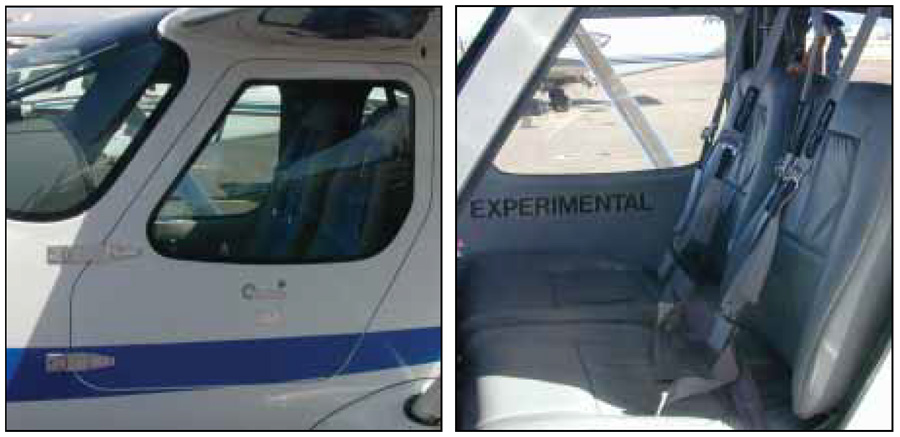
configuration in both airplanes.
Working It Out
Turns were smooth and easy with moderate aileron pressures but the control stick a little farther forward than I’d like. There are now optional servo tabs available to lower the aileron forces, however.
With the vortex generators on the wings doing their thing, the GlaStar held onto flight for dear life when other planes would have been fully stalled. The plane shook and buffeted, but nothing much really happened. However, when one wing finally got tired of the abuse and decided to bow out, it took aileron to bring it back up, as rudder alone would not do the trick. Eyeball engineering after the flight suggested that the rudder could be tall enough to generate a roll moment in the “wrong” direction, i.e., left rudder could be torquing the fuselage to the right.
With or without flaps, with or without power, nothing exciting happened in stalls. Full flaps and power off gave a useful 1000 fpm down, but slipping in that same configuration didn’t seem to increase the descent rate. A nice feature was that abrupt retraction of the manual flaps at 60 knots produced very little sink.
Back in the traffic pattern, the GlaStar always seemed to have an obnoxious little bump on touchdown, not related to vertical velocity—perhaps wheel spin up was the culprit. Best relates that he usually lands with power on to ease the touchdown, and indeed, I’m told that GlaStars, like many aircraft, can develop a high sink rate if the approach speed gets too low.
Conducting the Symphony
Several weeks later, we got to fly the OMF Symphony, as dealer Tony Settember flew over from Cable Airport in Southern California, bringing prospect Mike Lynch along for the ride.
Although the original OMF companies in Germany and Canada declared bankruptcy in December 2003, the German assets have been sold to a new company, and the assets of the Canadian company are up for sale. At press time, former OMF Aircraft president Paul Costanzo indicated that a new company—Symphony Aircraft Industries— had been formed and included former members of the OMF management team. They had joined forces with a U.S. inverstor and were in the process of acquiring the Canadian assets. At that time, the process was not yet complete, but Costanzo was confident the Symphony would soon again be available. Should Symphony Aircraft Industries successfully acquire the company assets, a five to six month restart period would occur before the Symphony is made available again.
Settember was thus more volunteer than dealer.
This Symphony was nicely equipped with a Garmin 430 and a Garmin 420, the latter having no VOR or ILS. Up front was the familiar 160-hp Lycoming engine, this time turning an MT fixed-pitch propeller. From the inside, there were few clues that you were not in a very nicely built GlaStar, but few builders would have the center console for the trim, or the small flap indicator on the panel.
Conditions were less than ideal for a flight evaluation, with winds of 10 mph gusting to 20, and temperatures raised the density altitude from the field elevation of 5000 feet to 6600 feet. With full fuel, this Symphony could carry 486 pounds in the cabin; we had half fuel and 400 pounds.
With the starter engaged, the prop really spun before the engine caught. Settember confirmed that the Symphony has a 28-volt system. The engine runup includes a 2000rpm mag check. I missed the immediate response of an analog tachometer with easy-to-read tick marks and had to do the mag check entirely with the digital readout. I missed the analog needles on the other instruments, too.
Rough Air
We took off on Runway 12, downhill for the first half and then uphill for the second. With the engine almost leaned properly, the fixed-pitch prop doing its best, my holding a normal looking attitude but an airspeed 10 knots below VY, and a downdraft looking for trouble, initial rate of climb was only a few hundred fpm, as often happens in the high desert. Once we got going and out of that downdraft, we saw more reasonable values centered around 800 fpm. A constant-speed prop would have been worth a lot in these conditions. In the bumpy, wallowy, occasionally violent air, we repeated the stalls, slow flight and general airframe abuse that the GlaStar tolerated so well, and no differences in handling were detected.
Control authority was good, and the ride was very comfortable, considering. Most interesting was that on one poweron stall with the stick still held full back, the nose slowly lowered itself through the horizon, as gently as a high-time CFI recovering for a timid student.
Later, slowing for more stalls, we deployed the full 40° of flaps, and those flaps extend electrically very quickly. As we did so, the Symphony improbably started climbing 1000 fpm as we entered a thermal. An abrupt flap retraction showed no obvious sink, just like the GlaStar.
Later, we tried a maximum descent rate with full flaps and the airspeed 5 knots below maximum flap speed. We saw an impressive 1800 fpm down, but in those conditions, that number is unreliable.
With a gusty 45° crosswind, it was not appropriate to try a variety of landing techniques. Tower approved a long landing, and we crossed the runway threshold 400 feet in the air. Power to idle gave us a hefty sink rate, perhaps aided by another downdraft, so I eased in a touch of throttle. Three feet up, we were 2 feet downwind of the runway centerline, but I decided that wasn’t good enough. A little wing down, a little opposite rudder, and we touched down, gently, right on the centerline, a satisfying ending to a flight in interesting conditions.
Which One?
If you’ve made up your mind about which plane you want but need more payload, there are options. New Glasair already has in production the Sportsman 2+2, a usefully enlarged GlaStar.
OMF has had a four-seat aircraft under development, and that project should continue after bankruptcy is past.
Now if I had to choose between these two fine airplanes, which would it be? The well-executed details—already taken care of—on the certificated Symphony, or flexibility to equip the GlaStar to my exact and exacting needs? Spend time building the airplane or earning the money to buy it? Lightning protection of the Symphony or density altitude capability with a constant speed prop on the GlaStar? And the hope of eventually putting floats on the GlaStar for flying around the upper Midwest? I’d get—of course—the one my wife likes!

